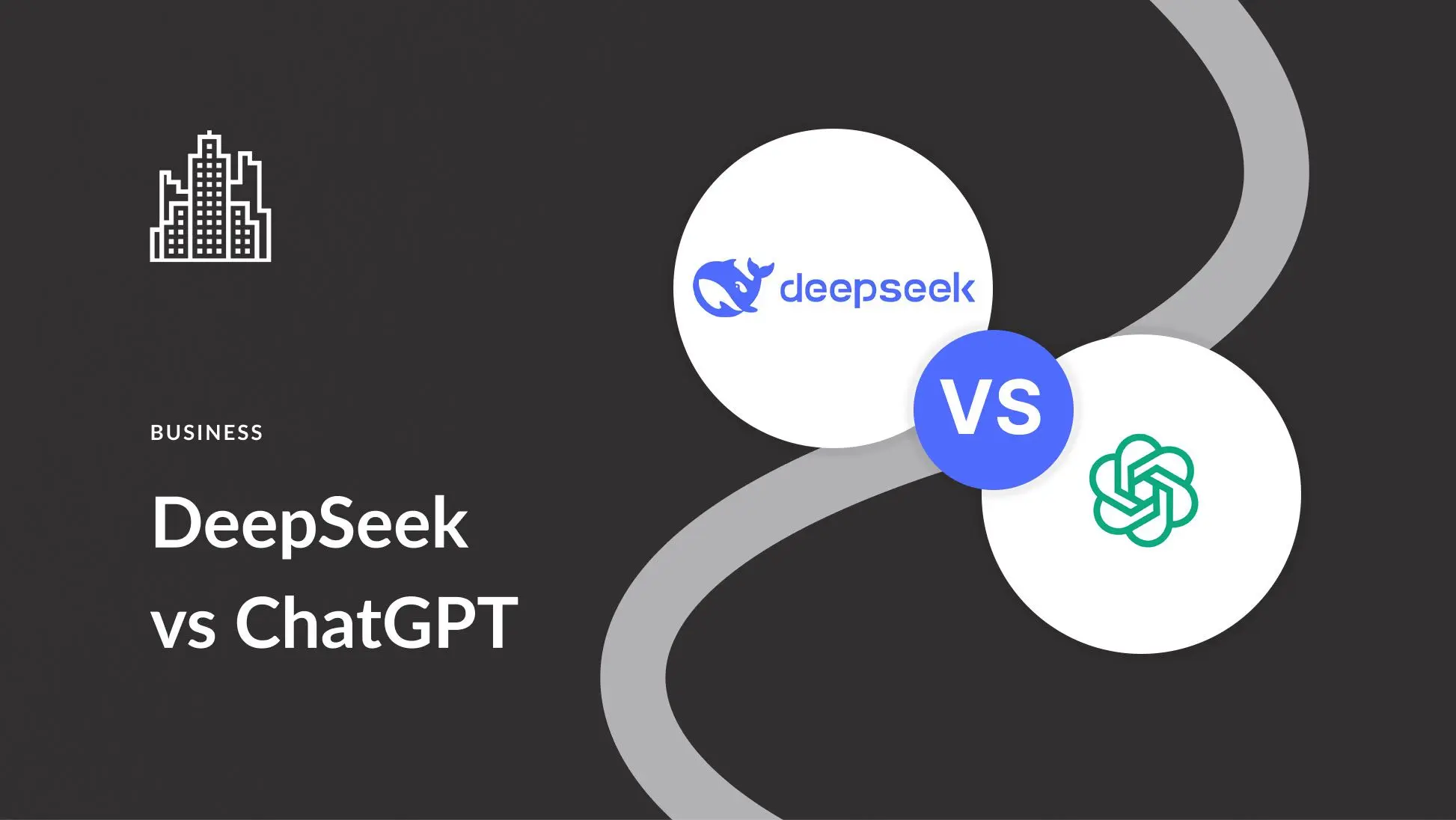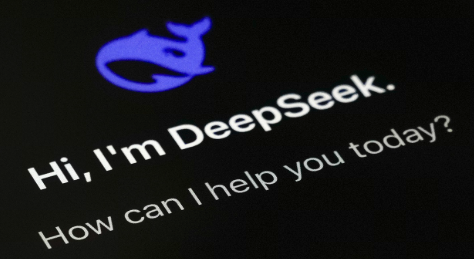DeepSeek R1: A Model Built for Logical Reasoning
Key Features of DeepSeek R1
- Optimized for reasoning-heavy tasks
- Utilizes reinforcement learning (RL) techniques to enhance logical processing
- Excels in breaking down complex problems for research and academic use
- More interpretability in responses compared to standard large language models
DeepSeek R1 is ideal for applications that require logical deduction, problem-solving, and structured reasoning. This makes it particularly useful for fields like mathematics, law, and high-level research【44】.
DeepSeek V3: Designed for Large-Scale NLP and Efficiency
Key Features of DeepSeek V3
- Employs a Mixture-of-Experts (MoE) architecture, allowing for dynamic resource allocation
- Excels in multilingual NLP tasks, including machine translation
- Highly efficient due to FP8 mixed-precision training, reducing training costs
- Supports Multi-Token Prediction (MTP) for faster text generation
DeepSeek V3 is better suited for large-scale AI applications, such as conversational AI, content generation, and global-scale Natural Language Processing tasks.
Performance Comparison: DeepSeek R1 vs. V3
| Feature | DeepSeek R1 | DeepSeek V3 |
|---|---|---|
| Best For | Logical reasoning, academic research | NLP, multilingual AI, content generation |
| Training Efficiency | Higher cost, reinforcement learning-based | Cost-effective FP8 precision training |
| Computational Power | Requires significant resources | More efficient due to MoE |
| Performance | Strong logical problem-solving | High speed and scalability |
From the table above, DeepSeek R1 is superior for logic-based tasks, whereas DeepSeek V3 provides cost-effective, high-performance NLP capabilities【44】.
Which Model Should You Choose?
- Choose DeepSeek R1 if your focus is on reasoning-intensive tasks, structured problem-solving, or AI-assisted research.
- Choose DeepSeek V3 if you need a scalable, high-efficiency model for NLP, multilingual translation, or AI-driven content creation【45】.
Conclusion
Both DeepSeek R1 and DeepSeek V3 represent cutting-edge advancements in AI, but they serve different purposes. If you need logical depth and problem-solving accuracy, R1 is the better choice. If you require speed, scalability, and multilingual capabilities, V3 is the way to go.
Would you like to see a real-world implementation case study of either model? Let us know in the comments!



